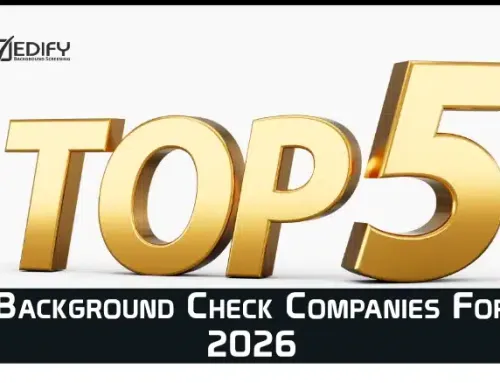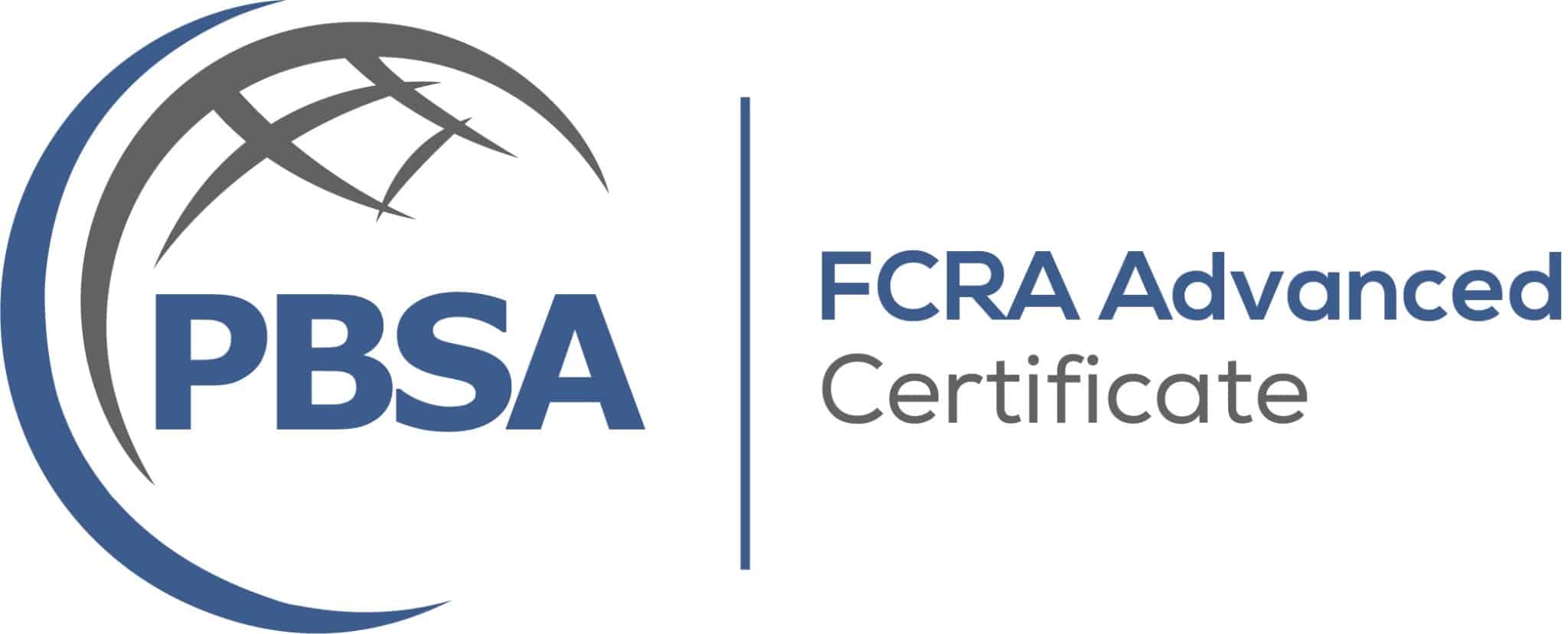How to Save Time and Money on Nonprofit Volunteer Background Checks
If you rely on volunteers, screening isn’t just a box to check; it’s how you protect the people you serve and the volunteers themselves. In 2023, formal volunteering rebounded to 28.3%—about 75.8 million people—after the pandemic slump, and each volunteer hour is valued at about $33.49 nationally. That’s a lot of impact riding on smart, fair screening that moves quickly and doesn’t drain your budget. AP News
This guide shows you how to design a simple, compliant program that makes faster, better decisions with fewer re-runs—so your coordinators can spend time with people, not paperwork. Need a quick overview of options? See our page on nonprofit background checks.
1) Start with the Why: safety, trust, and continuity
Safety. Nonprofits serve kids, seniors, and vulnerable adults. Solid screening isn’t about catching “gotchas”; it’s about risk-matching—putting the right checks on the right roles so you prevent foreseeable harm without over-spending.
Trust. Donors, insurers, and partners expect a documented process. When something goes wrong, your best defense is a consistent, written policy that shows you used publicly recognized tools like the National Sex Offender Registry and appropriate criminal record searches.
Continuity. Volunteers come and go—especially around events. A clean workflow keeps roles filled and programs on schedule.
2) Compliance for background checking volunteers, in plain English
When you use a third-party background screening company (a CRA) for volunteers, the Fair Credit Reporting Act (FCRA) applies, even though volunteers aren’t paid staff. The FTC’s guidance and industry commentaries are clear: treat volunteer screening as “for employment purposes,” which triggers the standard steps below. Federal Trade Commission+2Federal Trade Commission+2
Why it matters: Following these steps reduces disputes, prevents do-overs, and shows regulators and insurers that your program is fair.
What to do (and why):
-
Disclosure + authorization (before you order). Use a simple, stand-alone disclosure and get written consent. This keeps your files clean and avoids tossing out results later because of a bad form. Federal Trade Commission
-
Adverse action (if a report may change your decision). Send a pre-adverse notice with the report and the FCRA Summary of Rights, give a reasonable window for the person to respond, then send the final adverse action notice if your decision stands. That pause catches errors and reduces complaints. Federal Trade Commission
-
Investigative reports (if you do reference-style interviews). Extra notice rules apply; set a template so you don’t forget. Federal Trade Commission
Heads up on language: In your policy and templates, say “volunteer screening for program eligibility,” not “hiring,” while still following the FCRA steps. That keeps the vocabulary true to your context while staying compliant.
3) Right-size your background screening budget with role-based tiers
The fastest way to save money is to match the depth of screening to the risk of the work. Here’s a practical matrix you can adapt:
Tier 1 — Event or low-risk helpers (broad, quick).
Identity check, national criminal databases, and nationwide sex offender registry. This gives you quick coverage at low cost, ideal for roles with constant supervision. Why: you’re scanning widely to surface leads, not paying premium rates everywhere.
Tier 2 — Youth and vulnerable-population roles (targeted depth).
Tier 1 plus targeted county or state repository searches where records are likeliest based on recent addresses and known aliases. Why: County-level records are the authoritative source for many criminal cases; you buy depth only where it matters.
Tier 3 — Finance, development, and boards (duty-of-loyalty/financial risk).
Tier 2 plus federal criminal searches, sanctions/watchlists, and credit reports where legal and role-justified (e.g., stewardship of funds). Why: These roles carry fiduciary obligations, so you expand the search only to the extent that risk increases—and only where law permits credit use.
Why tiers work: Studies and field experience show some nonprofits either screen everyone the same (too expensive) or skip screening (too risky). A tiered approach solves both problems. Nonprofit Risk Management Center
4) Build a standardized background screening onboarding flow that keeps saving you money
A one-time setup eliminates the most common delay and cost drivers.
-
State + jurisdiction disclosures: Some states (and cities) require specific wording or separate notices for background checks, investigative reports, or credit use. Keep a short, living addendum mapped by state so your forms stay compliant as laws update. This is a major “why”, one outdated form can force you to re-screen an entire cohort.
-
Clean disclosure/authorization packet: Stand-alone disclosure, e-sign authorization, and a short “what to expect” blurb. This reduces abandonment and typos. Federal Trade Commission
-
Adverse action templates: Pre-fill your pre-adverse and final notices with placeholders; attach the Summary of Rights automatically. Faster and more consistent. Federal Trade Commission
-
Volunteer FAQ micro-page: Explain why screening is used, how to enter the legal name exactly as on ID, and how disputes work. That cuts support emails and re-runs.
-
Ownership and escalation: Name a primary and backup admin and a clear path for sticky cases. The “why” here is continuity—people go on PTO, events don’t wait.
5) Use pointer databases first, then expand where risk demands
Why this order saves money: Pointer databases cast a wide net cheaply, surfacing potential records for targeted follow-up. Then you invest in authoritative county searches only for the roles and places that matter.
-
Start broad: National criminal database pointer + national sex offender registry to quickly flag potential concerns.
-
Go deep for child/vulnerable-adult roles: Add on-site county criminal checks in jurisdictions tied to recent addresses and name history.
-
Prioritize likely-hit locations: Order the highest-probability counties first to control both turnaround time and cost.
-
Capture aliases up front: Previous names often surface records missed under current name; set your form to collect them (with plain-English examples).
AmeriCorps-funded programs even publish practical guidance on using NSOPW and state repositories, which you can borrow for your internal SOPs. AmeriCorps
6) Cut background check turnaround time with a few boring (powerful) habits
-
Batch by program or event so coordinators track fewer queues and send fewer reminders.
-
Validate forms at the point of entry (name as on ID, consistent SSN format). Most re-runs trace back to typos.
-
Role-based SLAs: Youth-facing and leadership roles move first, with defined decision times.
-
Know your slow jurisdictions: Some counties take longer. Sequence orders so the long-pole checks start earliest.
Why this matters: Faster results mean fewer schedule slip-ups and less burnout among volunteer leads—both of which cost you real money when programs delay or downsize.
7) Background Rechecks without chaos (and with a smoother budget)
Why recheck: People’s circumstances change, and annual or seasonal work involves fresh cohorts.
-
Tiered cadence: Re-screen Tier 2 and 3 annually; use a lighter cadence for Tier 1.
-
Consent refresh + clear opt-out: Keeps you compliant and avoids surprise objections.
-
Cohort the calendar: Recheck by month or quarter instead of “everyone in August,” which evens out spend and staff time.
8) Background Check Pricing levers many nonprofits miss
-
Don’t buy “everything” for everyone. Tie every search to the risk of the role.
-
Consolidate volume. One vendor for most roles typically unlocks better rates and less admin hassle.
-
Make the form do the work. Field validation drastically reduces reorders, which are pure waste.
-
Reality-check your rate card. If you want a benchmark, here’s our current, transparent list: see our background check pricing.
Why these levers matter: In a year where volunteers are back in force but budgets are tight, shaving a few cents per screen across hundreds of checks adds up fast. AP News
9) Mini background check policy kit you can adapt
Why policies matter: Consistency protects you. If something is challenged, you can show you applied the same, role-based standard to everyone.
-
Tier matrix: Define which roles get Tier 1, 2, or 3 and how often you recheck.
-
Individualized assessment checklist: If a record appears, look at role relevance, time since event, rehabilitation, and references—documented on a one-pager.
-
Volunteer-specific adverse action steps: Pre-adverse + report + rights summary, waiting window, final notice.
-
Website blurb: A short, friendly paragraph that explains screening and links to your FAQ.
For a risk lens and sample practices, the Nonprofit Risk Management Center’s reader-friendly resources are a good companion. Nonprofit Risk Management Center
10) Week-one background check implementation playbook
-
Approve your three-tier matrix (with finance/board criteria for credit reports where legal and necessary).
-
Build your form set: state/jurisdiction disclosures, stand-alone disclosure, authorization, investigative report notice, and adverse action templates. Federal Trade Commission
-
Publish the volunteer FAQ page and link it from every sign-up.
-
Configure form validation (legal name as on ID, SSN format).
-
Train coordinators on SLAs and escalation.
-
Pilot with one program; measure turnaround, rerun rate, and unit cost.
-
Adjust county sequencing and alias capture.
-
Roll out and set your recheck calendar by tier.
11) When to call in help
Bring in expert support if you operate in multiple states, place volunteers with kids or vulnerable adults, see frequent disputes, or need turnkey templates and automation.
How EDIFY helps Nonprofits
EDIFY works with hundreds of nonprofits across the country, so you benefit from patterns that already work: role-based tier design, state- and jurisdiction-specific disclosures, FCRA-ready templates, and volunteer-friendly onboarding that cuts drop-off.
We tailor screening packages to risk (including credit where legal and justified), smooth costs with cohort rechecks, and provide hands-on guidance when a report needs review, so the right people land in the right roles at just the right time. For a quick overview of options that fit nonprofit realities, see our page on nonprofit background checks.
FAQ
Do the FCRA rules really apply to unpaid volunteers?
Yes—if you use a third-party CRA, treat it as “for employment purposes” and follow disclosure, authorization, and adverse action steps. This interpretation comes from FTC business guidance and is widely applied across the sector.
Can we run credit checks on board members or fund-handling roles?
Sometimes. Credit checks should be role-justified and legal in your state or city. Include a specific disclosure where required and only use the results to assess fiduciary risk, not general character.
Is the National Sex Offender Registry enough for child-facing roles?
No. National Sex Offender Registry is a valuable low-cost layer that aggregates state registries, but it’s not a substitute for targeted county criminal searches. Use it as a fast screen, then go deeper for sensitive roles.
Do we have to recheck returning volunteers every year?
Best practice is tier-based rechecks. High-risk roles (youth, finance/board) annually; light-risk roles less frequently. Cohort your calendar to spread cost and workload.
We’re understaffed. What’s the single biggest win?
Parter with a CRA that understands how Nonprofits work. They can help you standardize forms and state/jurisdiction disclosures, set templates for adverse action, and validate data at intake. Most delays and re-runs are preventable paperwork errors, and partnering with a qualified CRA will save you time and money.
More Sources to Explore
-
FTC — Using Consumer Reports: What Employers Need to Know (FCRA steps, investigative reports notice) https://www.ftc.gov/business-guidance/resources/using-consumer-reports-what-employers-need-know
-
FTC — What Employment Background Screening Companies Need to Know About the FCRA https://www.ftc.gov/business-guidance/resources/what-employment-background-screening-companies-need-know-about-fair-credit-reporting-act
-
AmeriCorps + U.S. Census — Volunteering and Civic Life in America (2023 headline report) https://americorps.gov/sites/default/files/document/2025-01/CEV2023_HeadlineReport_12192024_final_508.pdf
-
AP — Volunteers came back to nonprofits in 2023; 28.3% participation; value of volunteer hour reference https://apnews.com/article/5d7e0ecb10410bc926ba15b8dab604ce
-
Nonprofit Risk Management Center — Screening Update (practice gaps and rationale) https://nonprofitrisk.org/resources/screening-update/
The resources provided here are for educational purposes only and do not constitute legal advice. We advise you to consult your own counsel if you have legal questions related to your specific practices and compliance with applicable laws.













